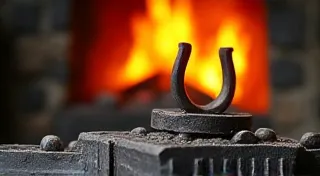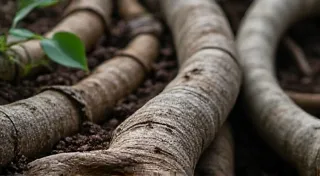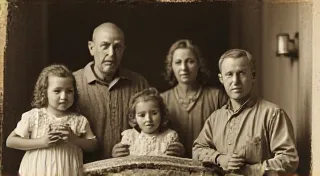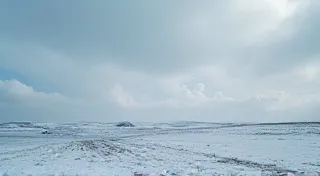River Tongue: How Water Shapes Appalachian Vernacular
The Appalachians. A landscape etched into the soul, a culture steeped in resilience, and a language… well, a language unlike any other in America. It’s not simply a “different” way of speaking; it's a linguistic ecosystem, a vibrant tangle of words and sounds deeply intertwined with the region’s history, its people, and most crucially, its rivers. We often think of mountains, and rightly so. But the rivers – the Kentucky, the Tennessee, the Ohio, the Big Sandy, the Green – they were the roads, the markets, the lifelines, and they fundamentally shaped how folks in these hollows spoke. This isn's just a matter of unique vocabulary; it's about *how* those words are said, the rhythm, the drawl, the very cadence of the speech – a phenomenon I like to think of as “River Tongue.”
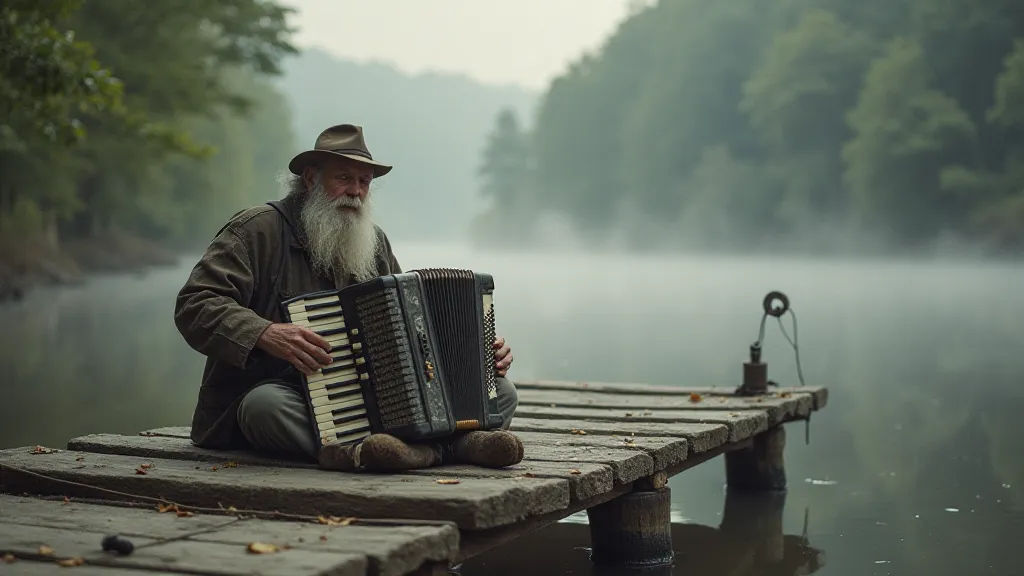
The River as Road: Commerce and Communication
Before the railroads carved their way through the mountains, travel was arduous. Steep terrain and dense forests made overland routes nearly impassable for much of the year. The rivers, however, offered a relatively easy passage. Bartering and trade were vital for survival. Goods – salt, tools, cloth, and agricultural products – flowed downstream, carried on flatboats and barges. This constant exchange didn’t just move merchandise; it carried words. Each river valley acted as a conduit, bringing in influences from surrounding regions – Scots-Irish from Pennsylvania, German settlers from western North Carolina, African American communities contributing unique linguistic patterns.
Consider the word “poke.” Outside of Appalachia, it’s largely unknown. But in the mountains, a poke is a bag – a sack, a pouch. Its origin is debated, possibly a corruption of a Dutch word (perhaps “poche”), brought by early settlers. But its widespread adoption and survival is owed to the river trade, which disseminated the term across the watershed.
Echoes of Scots-Irish and Beyond
The Scots-Irish, who arrived in large numbers during the 18th century, left an indelible mark on Appalachian speech. Their dialect, already a unique blend of Scots and Northern English, was further transformed by its interaction with other languages and the isolation of the mountain environment. Features like the retention of "th" sounds (e.g., "thin" pronounced closer to "thin") and the use of double negatives ("I don’t have no money") are legacies of this heritage.
But the Scots-Irish didn's arrive in a vacuum. German dialects mingled with Scots-Irish speech along the Blue Ridge, contributing words like “chink” (meaning a small groove or crack), a term now unfortunately burdened by a hurtful secondary meaning—a tragic example of how language can be appropriated and distorted.
The presence of enslaved African Americans further enriched the linguistic tapestry. Words and phrases from African American Vernacular English (AAVE) found their way into Appalachian speech, often subtly, influencing rhythm and intonation. The very act of singing, vital to Appalachian culture, was infused with the bluesy, syncopated rhythms of African American music.
The Care and Keeping of Words – A Matter of Craftsmanship
Just as a skilled craftsman takes pride in the quality of his work, so too did Appalachian speakers meticulously care for their language. Words were precious, used sparingly, and imbued with meaning. Stories were passed down orally, with each generation adding its own nuance and interpretation. This careful transmission of language helped preserve its distinctiveness.
I remember my grandfather, a carpenter by trade, telling me stories of his childhood in a small holler. He’s gone now, but I can still hear his voice, the deliberate pace, the careful selection of words. He’s a master craftsman, and his language was no different - a finely tuned instrument used to convey complex ideas with simple means.
There’s a parallel, I think, between the way a skilled accordion player cares for his instrument and the way an Appalachian speaker values their language. An old accordion, neglected, falls silent, its reeds rusted, its bellows cracked. Similarly, a language allowed to wither, abandoned to outside pressures, loses its vibrancy, its connection to the people who shaped it.
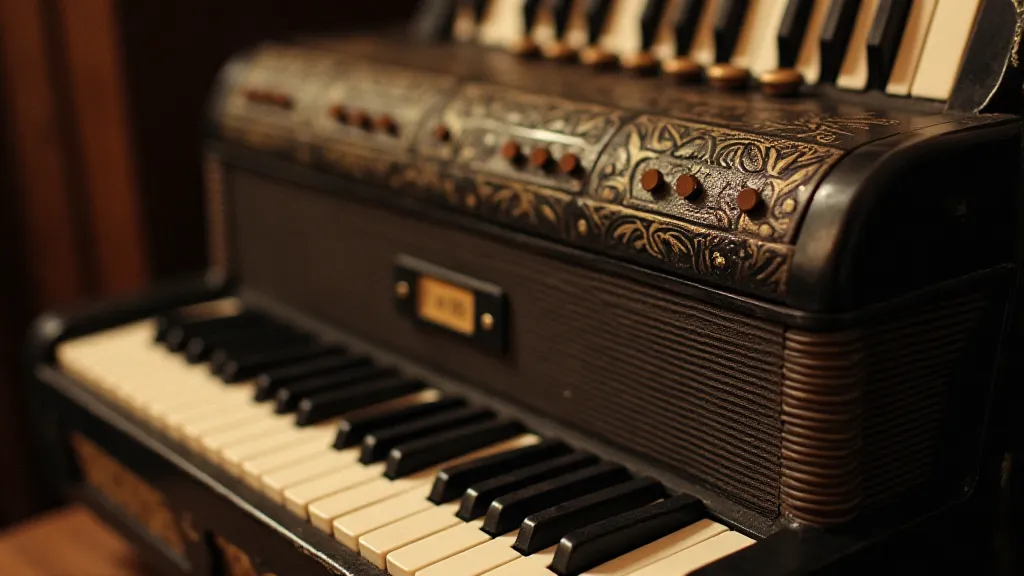
Phonological Quirks: The Musicality of the Mountains
Beyond vocabulary, the way words are pronounced—the phonology—is a critical feature of Appalachian dialects. The mountain drawl, often exaggerated by outsiders, is not simply a lazy way of speaking. It’s a consequence of the relaxed pace of life, the emphasis on clarity, and the influence of musical traditions. Vowels are often elongated, consonants softened, and stress patterns shifted. The interaction of the mountains and rivers seemed to influence it all.
Consider the vowel sounds in words like "rain" and "pain." In some Appalachian dialects, they are pronounced more like "rahn" and "pahn." This isn't a matter of mispronunciation; it's a systematic phonetic variation rooted in historical patterns of speech.
The retention of older pronunciation patterns is also common. For example, the “r” sound after vowels is often more pronounced than in many other American dialects. The "broad A" sound, as in "father," is more prevalent than the "flat A" heard elsewhere. This preservation of older forms reflects the relative isolation of many Appalachian communities.
Restoration and Preservation: A Continuing Effort
Like a treasured antique accordion, Appalachian dialects require ongoing care and attention. The forces of globalization, migration, and mass media are constantly eroding the unique features of these vernaculars. Younger generations, exposed to standard American English, may use fewer local words and adopt more mainstream pronunciation patterns.
However, there's a growing movement to preserve and celebrate Appalachian dialects. Oral history projects, community language classes, and the recording of elder speakers are helping to document and revitalize these treasured forms of expression. Documenting these words allows future generations to better understand their ancestors’ lives and the stories that shaped the region.

The Legacy of the River Tongue
The Appalachian dialects are more than just a collection of words and sounds; they's a testament to the resilience and creativity of a people who have shaped their environment and their language in equal measure. The rivers, the mountains, the interactions with other cultures – all have left their indelible mark. As we work to preserve and celebrate these unique vernaculars, we’s honoring the legacy of those who came before us and ensuring that the “River Tongue” continues to flow for generations to come.
